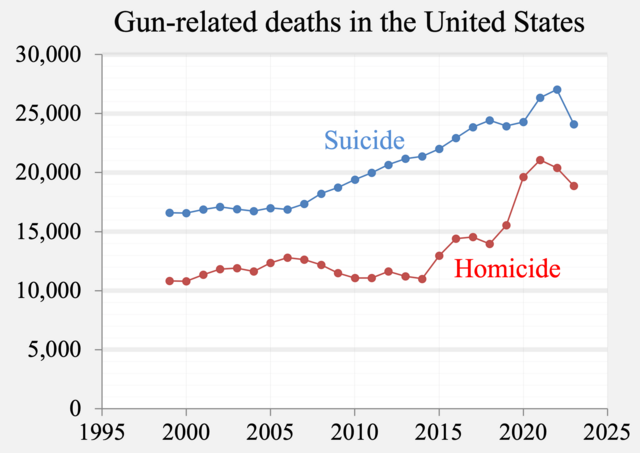April 2010: I was an eighth grader looking forward to starting high school—until I found out Grady High School would no longer have the Communications Magnet program. I learned Grady would be instituting a new program called small learning communities. I assumed the sole reason was to improve the school, but I soon discovered APS was instituting the program because it received a large grant.
On April 18, 2007, APS announced its decision to accept a $13.6 million grant from the Bill and Melinda Gates Foundation that would help “build the necessary capacity, processes, and tools that will lay a strong foundation to accelerate the district’s human capital reform work,” the foundation’s website said. This is the day GHS took a turn for the worse.
These “communities” did not build anything. They in fact destroyed something that was great about Grady: its diversity. The Magnet program allowed highly qualified out-of-district students to attend Grady. This diversified the classes because those out-of-district students were often black. Those students are now not permitted to attend Grady.
Instead of diversity, the SLC’s promote segregation. I have noticed this segregation and the statistics support my impressions. Out of all the students at Grady, 61 percent are black and 29 percent are white. But in the Communications and Journalism Academy, the percentages are reversed—64 percent of students in the Academy are white and 26 percent are black. The percentages are even more skewed in the Law and Leadership Academy, where 82 percent of the students are black and only 8 percent are white. Grady boasts diversity, but this no longer exists.
Now that the SLC’s have destroyed something that was unique to Grady, the APS school board is considering pulling the plug on the program. This makes it seem as though APS only instituted the communities to get the Gates Foundation money, and now that they have it, they are abandoning what they started.
The ‘purpose’ of the academies was to help schools keep track of the progress of their students. There may very well have been a need for this at Grady, particularly for students not in Magnet. So, in theory, the academies may have been a good idea, but in practice they have not accomplished these goals.
The initial intent of converting Grady into small communities was to improve the overall grades of all four academies. That has not happened.
There are other schools that have benefited from creating small learning communities, for example, Carver. Maybe if the academies had been instituted in a different way, they could have been more successful, but as it stands, the negatives of the academies far outweigh the positives.






